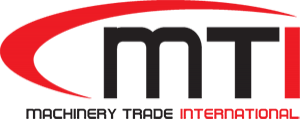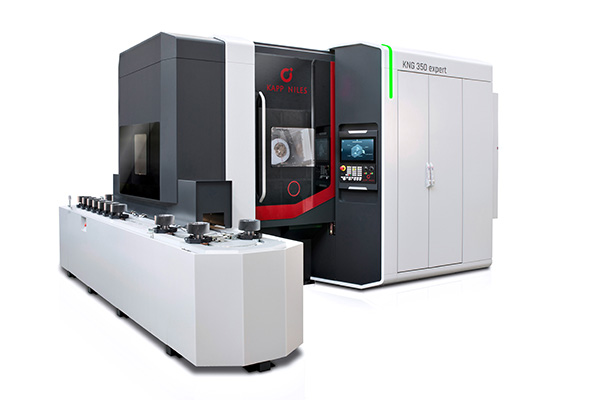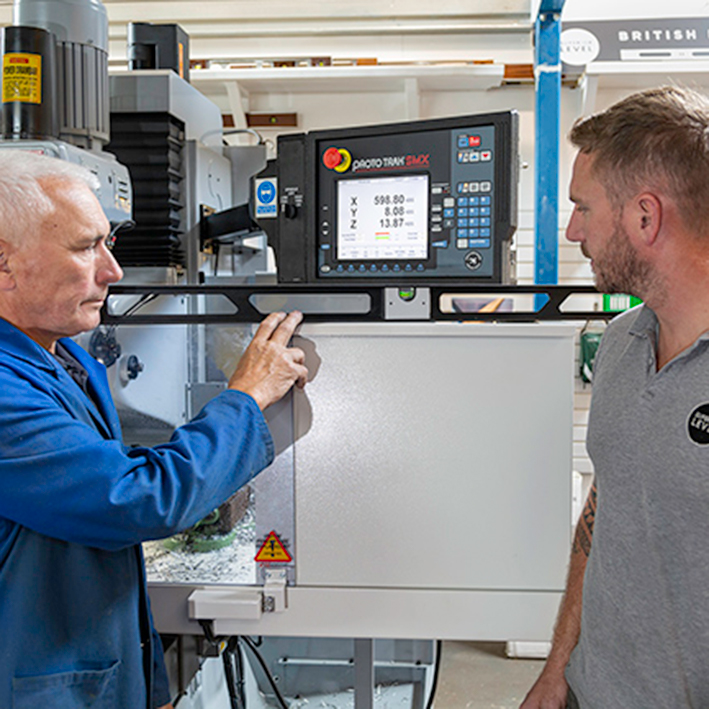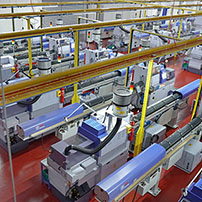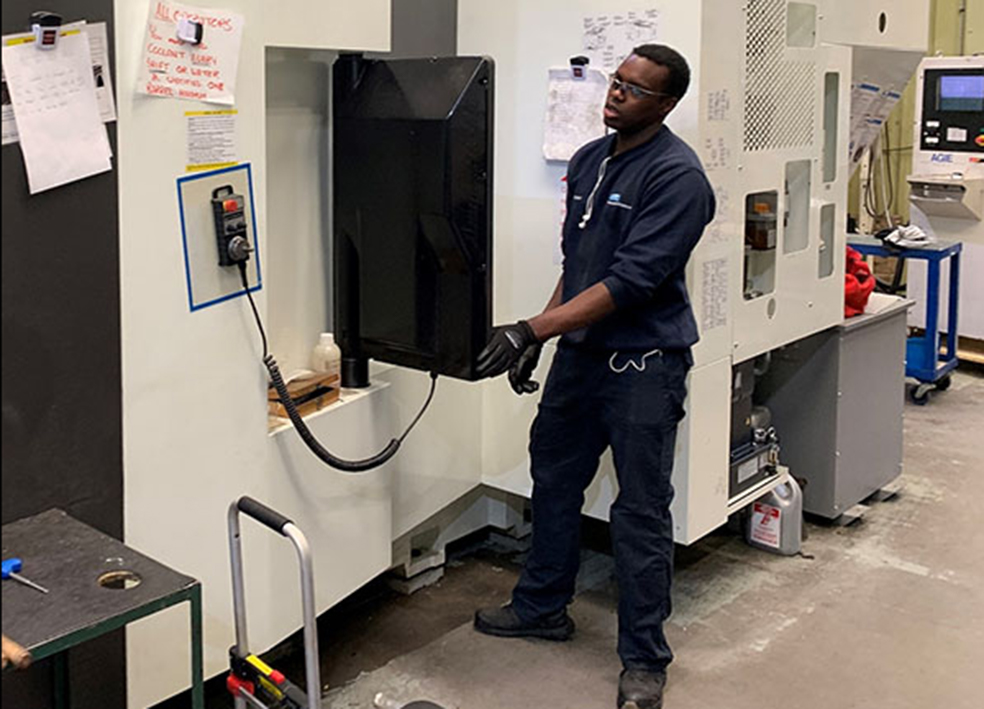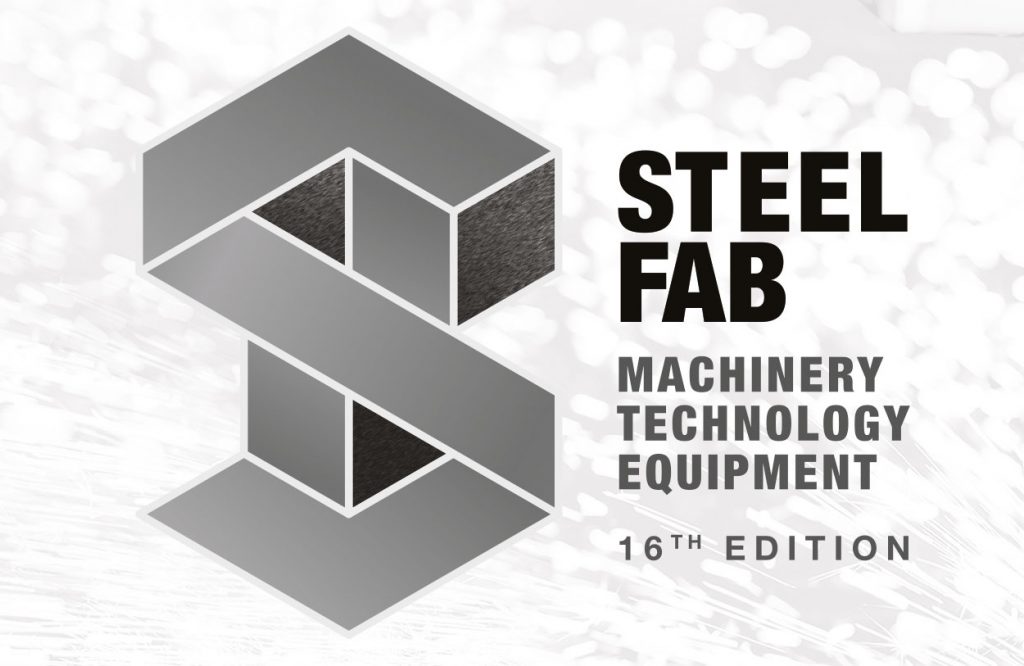
Leyland Trucks has completed the build of its 100,000th DAF CF/XF truck: a CF 530 ‘FAT’ 6×4 drawbar chassis. The truck is part of a batch of four vehicles ordered by DAF Trucks Australia and is shortly to be exported after it was specified for the country’s fuel tanker market. The Leyland production facility has been producing DAF-branded commercial vehicles since the late eighties. Nowadays, Leyland Trucks builds the full range of DAF LF, CF and XF chassis in any configuration.
“This 100,000th CF and XF model produced at the Leyland assembly plant is a hugely significant milestone for Leyland Trucks,” says managing director Brennan Gourdie. “There is a proud heritage of truck building in the UK and at Leyland, culminating with the production of the current DAF line-up. Reaching 100,000 CF and XF chassis is a landmark moment representing an exceptional commitment from everyone here at Leyland and the wider DAF organisation.”
For further information
www.leylandtrucksltd.co.uk
